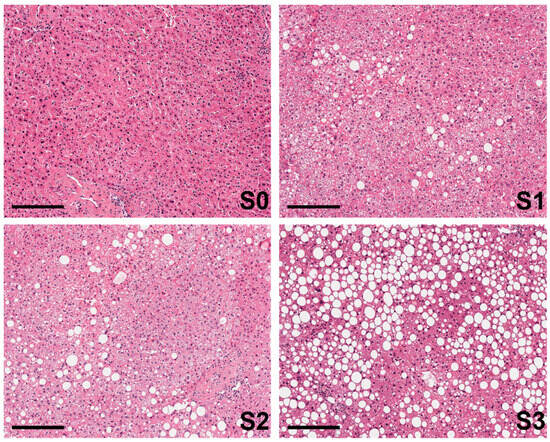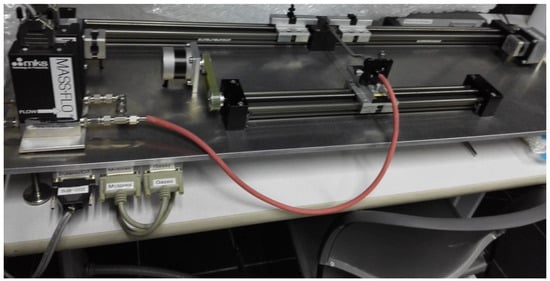Although crop residue returns are extensively practiced in agriculture, large uncertainties remain about greenhouse gas (GHG) emissions and global warming potential (GWP) responses to residue return (RR) rates under different residue placements and nutrient supplements. We conducted a laboratory mesocosm experiment in Alfisol in central India to investigate the responses of soil GHG emissions (CO
2, N
2O, and CH
4) and the global warming potential to four wheat RR rates (R0: no residue; R5: 5 Mg/ha; R10: 10 Mg/ha; R15: 15 Mg/ha) and two placements (surface [Rsur] and incorporated [Rinc]) under three nutrient supplement levels (NSLs) (NS0: no nutrients, NS1: nutrients (N and P) added to balance the stoichiometry of C:N:P to achieve 30% humification in RR at 5 t/ha, NS2: 3 × NS1). The results demonstrated a significant (
p < 0.05) interaction effect of RR × NSL × residue placement on N
2O emission. However, CH
4 and GWP responses to the RR rate were independent of NSL. N
2O fluxes ranged from −2.3 µg N
2O-N kg
−1 soil (R5 NS0 Rsur) to 43.8 µg N
2O-N kg
−1 soil (R10 NS2 Rinc). A non-linear quadratic model yielded the best fit for N
2O emissions with RR rate (R
2 ranging from 0.55 to 0.99) in all NSLs and residue placements. Co-applying wheat residue at 10 and 15 Mg/ha at NS1 reduced CH
4 and N
2O emissions (cf. R0 at NS1). However, increasing NSLs in NS2 reduced the nutrient stoichiometry to < 12:1 (C:N) and < 50:1 (C:P), which increased N
2O emissions in all RR rates (cf. R0) across all residue placements. Averaged across nutrient levels and residue placements, the order of the effects of RR rates on CH
4 emissions (µg C kg
−1 soil) was R10 (5.5) > R5 (3.8) > R15 (2.6) > R0 (1.6). Our results demonstrated a significant linear response of total GWP to RR rates R15 > R10 > R5 > R0, ranging from 201.4 to 1563.6 mg CO
2 eq kg
−1 soil. In conclusion, quadratic/linear responses of GHGs to RR rates underscore the need to optimize RR rates with nutrient supplements and residue placement to reduce GHG emissions and GWP while ensuring optimal soil health and crop productivity.
Full article
 IJMS
IMPACT
IJMS
IMPACT Applied Sciences
IMPACT
Applied Sciences
IMPACT Sustainability
IMPACT
Sustainability
IMPACT Sensors
IMPACT
Sensors
IMPACT JCM
IMPACT
JCM
IMPACT Materials
IMPACT
Materials
IMPACT Molecules
IMPACT
Molecules
IMPACT Energies
IMPACT
Energies
IMPACT Electronics
IMPACT
Electronics
IMPACT Remote Sensing
IMPACT
Remote Sensing
IMPACT Cancers
IMPACT
Cancers
IMPACT Nutrients
IMPACT
Nutrients
IMPACT Mathematics
IMPACT
Mathematics
IMPACT Foods
IMPACT
Foods
IMPACT Buildings
IMPACT
Buildings
IMPACT Polymers
IMPACT
Polymers
IMPACT Animals
IMPACT
Animals
IMPACT Water
IMPACT
Water
IMPACT Plants
IMPACT
Plants
IMPACT Agronomy
IMPACT
Agronomy
IMPACT Biomedicines
IMPACT
Biomedicines
IMPACT Processes
IMPACT
Processes
IMPACT Microorganisms
IMPACT
Microorganisms
IMPACT Diagnostics
IMPACT
Diagnostics
IMPACT Nanomaterials
IMPACT
Nanomaterials
IMPACT Viruses
IMPACT
Viruses
IMPACT Medicina
IMPACT
Medicina
IMPACT Healthcare
IMPACT
Healthcare
IMPACT Cells
IMPACT
Cells
IMPACT Forests
IMPACT
Forests
IMPACT Agriculture
IMPACT
Agriculture
IMPACT Land
IMPACT
Land
IMPACT JMSE
IMPACT
JMSE
IMPACT IJERPH
IJERPH
 Symmetry
IMPACT
Symmetry
IMPACT Genes
IMPACT
Genes
IMPACT Pharmaceutics
IMPACT
Pharmaceutics
IMPACT Coatings
IMPACT
Coatings
IMPACT Micromachines
IMPACT
Micromachines
IMPACT Pharmaceuticals
IMPACT
Pharmaceuticals
IMPACT Atmosphere
IMPACT
Atmosphere
IMPACT Children
IMPACT
Children
IMPACT Religions
IMPACT
Religions
IMPACT Antioxidants
IMPACT
Antioxidants
IMPACT Life
IMPACT
Life
IMPACT Metals
IMPACT
Metals
IMPACT Biomolecules
IMPACT
Biomolecules
IMPACT Vaccines
IMPACT
Vaccines
IMPACT Education Sciences
IMPACT
Education Sciences
IMPACT Minerals
IMPACT
Minerals
IMPACT Horticulturae
IMPACT
Horticulturae
IMPACT Brain Sciences
IMPACT
Brain Sciences
IMPACT JPM
IMPACT
JPM
IMPACT Bioengineering
IMPACT
Bioengineering
IMPACT





























